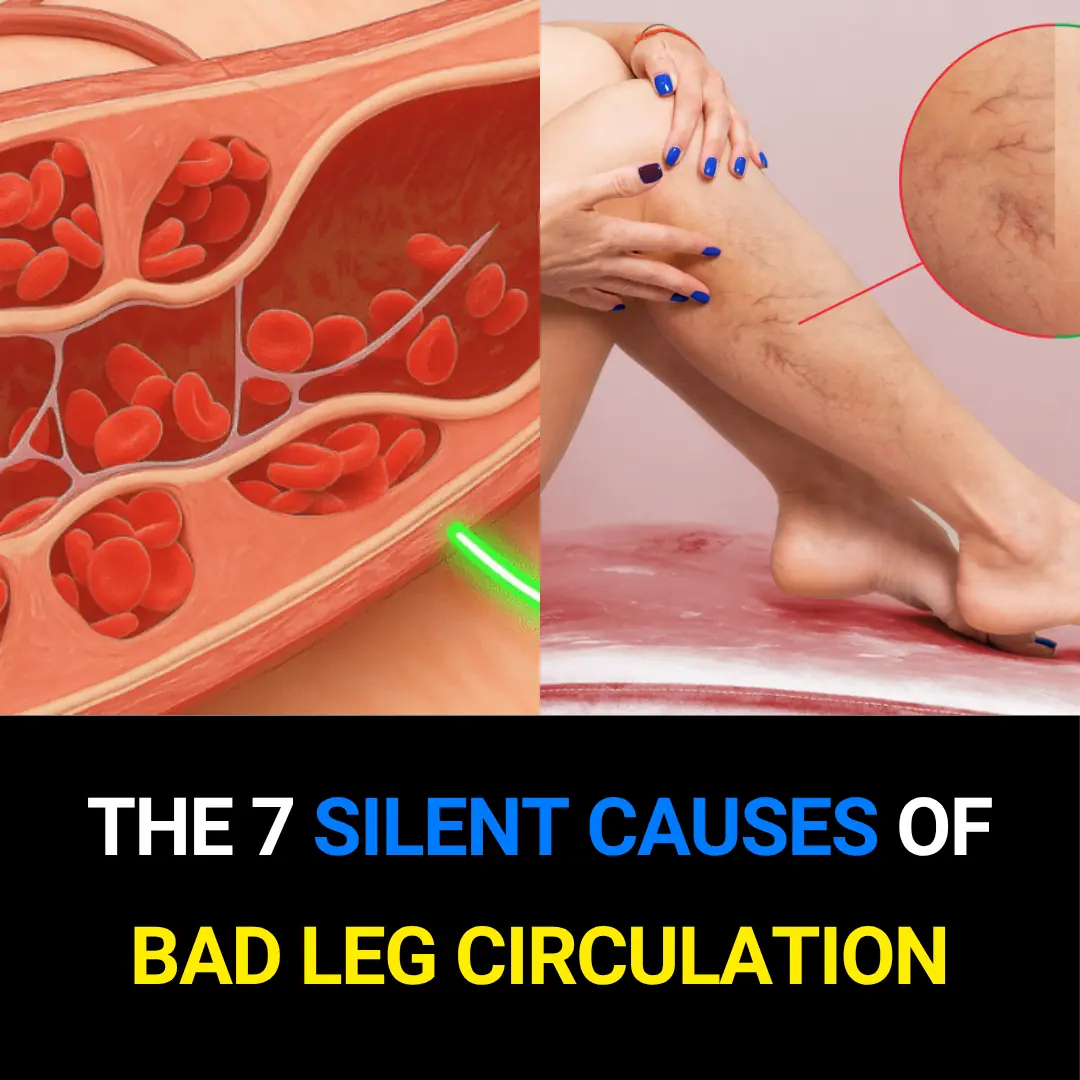
Arthritis warning: 10 everyday foods making your pain and inflammation worse
If you’ve been living with painful, stiff, or swollen joints, what’s on your plate might matter more than you think. The food you eat every day can either fuel inflammation or help calm it down. Making simple diet changes can mean fewer flare-ups, less stiffness, and possibly a better range of motion — so you can move more freely and feel more like yourself again.
Let’s break down the foods that may worsen arthritis and joint pain — and what you can eat instead to protect your joints and overall well-being.
Key Takeaways
-
🚫 Ditch added sugars and refined carbs — they increase inflammation and worsen pain.
-
🥓 Processed meats, salty foods, and unhealthy fats stress your body and your joints.
-
🍷 Keep alcohol and purine-rich foods (like red meats and shellfish) to a minimum.
-
🏷️ Read labels carefully — hidden ingredients often sneak into packaged foods.
-
✍️ Track your own reactions — everyone’s arthritis triggers are a little different.
Why Diet Matters When You Have Arthritis
Arthritis isn’t just about joint wear and tear — it’s an inflammatory condition that affects how your body responds to stress and injury. Inflammation causes swelling, stiffness, and pain, and in many forms of arthritis — like rheumatoid arthritis, gout, and psoriatic arthritis — the immune system plays a big role.
Even in osteoarthritis (the “wear-and-tear” type), inflammation still contributes to pain and cartilage breakdown. That’s why diet can be so powerful — because certain foods either feed inflammation or fight it.
If you’re carrying extra weight, every extra pound adds four times the pressure on your knees and hips. Losing even a small amount can ease pain dramatically and improve flexibility. But beyond weight, it’s also about balance — choosing foods that reduce inflammation and cutting back on those that make it worse.
🔥 The Top 10 Foods and Ingredients to Avoid
Here’s a deeper look at the biggest dietary offenders when it comes to arthritis and joint pain. Some are obvious, but others may surprise you.
1. Added Sugars
Think soda, sweetened coffee drinks, pastries, cookies, ice cream, and candy. Many packaged foods — even salad dressings, sauces, and cereals — contain hidden sugars that spike blood glucose and trigger inflammatory pathways in the body.
High sugar intake can also lead to weight gain, which adds more strain to your joints and makes arthritis symptoms worse over time.
Better Choice: Swap sugary drinks for water, sparkling water with lemon, or herbal teas. If you crave something sweet, go for fruit like berries, which offer antioxidants that fight inflammation.
2. Refined Carbohydrates
White bread, white pasta, pastries, and non-whole-grain cereals act much like sugar once digested — spiking insulin and inflammation. They also provide little fiber, meaning you’ll feel hungry again soon after eating.
Better Choice: Choose whole grains like oats, quinoa, brown rice, or whole wheat bread. They help balance blood sugar and keep you full longer, reducing inflammation and cravings.
3. Salty and Processed Foods
Processed meals, chips, canned soups, and restaurant dishes often contain huge amounts of sodium. Too much salt can cause water retention, swelling, and higher blood pressure, which can aggravate joint discomfort.
Better Choice: Season with herbs, lemon juice, garlic, or spices instead of salt. When buying canned goods, look for “low-sodium” or “no-salt-added” versions.
4. Trans Fats and Saturated Fats
Fried foods, margarine, packaged snacks, pastries, and fatty cuts of red meat are full of unhealthy fats that fuel inflammation. Trans fats, in particular, can increase levels of C-reactive protein (CRP) — a blood marker linked to inflammation and arthritis severity.
Better Choice: Cook with olive oil, avocado oil, or other heart-healthy fats. Eat lean proteins like chicken or fish, and save red meat for an occasional treat rather than a staple.
5. Excess Omega-6 Fatty Acids
While omega-6 fats are essential in small amounts, most people consume far too many — mostly from cheap vegetable oils (corn, sunflower, soybean) and processed foods. An excess of omega-6 compared to omega-3 creates an inflammatory imbalance.
Better Choice: Replace processed oils with extra virgin olive oil or avocado oil. Eat omega-3-rich foods such as salmon, sardines, flaxseeds, chia seeds, or walnuts to restore balance.
6. Alcohol
Drinking too much alcohol can worsen inflammation, weaken your immune system, and interfere with arthritis medications. For people with gout, alcohol — especially beer and spirits — can trigger painful flare-ups by raising uric acid levels.
Better Choice: If you drink, do so moderately — ideally no more than one glass of wine a few times per week. And remember, staying hydrated with water helps flush excess uric acid from your system.
7. High-Purine Foods
Red meats, organ meats (like liver), anchovies, sardines, and shellfish are high in purines — compounds that break down into uric acid. When uric acid builds up, it can form sharp crystals in the joints, leading to gout attacks.
Better Choice: Opt for lean protein sources like fish (in moderation), chicken, tofu, or legumes. Increasing your water intake helps your body eliminate uric acid more efficiently.
8. Processed Meats
Bacon, sausage, deli meats, and hot dogs contain a cocktail of sodium, nitrates, preservatives, and unhealthy fats, all linked to increased inflammation and chronic disease risk. These additives can damage the lining of your blood vessels and make arthritis pain worse.
Better Choice: Choose fresh, unprocessed meats or plant-based proteins like beans, lentils, or tempeh. If you eat meat, look for grass-fed or nitrate-free versions.
9. Advanced Glycation End Products (AGEs)
AGEs form when food is cooked at very high heat — like grilling, roasting, or frying. These compounds speed up oxidative stress and damage tissues, including cartilage. Over time, they can make joints less flexible and more prone to pain.
Better Choice: Use gentler cooking methods like steaming, stewing, or baking at lower temperatures. Marinading meat in lemon or vinegar before cooking can also reduce AGE formation.
10. Food Additives and Preservatives
Ingredients such as MSG (monosodium glutamate), nitrates, and artificial sweeteners may trigger joint pain or inflammation in sensitive individuals. They’re often found in processed snacks, soups, sauces, and ready-made meals.
Better Choice: Cook from scratch when possible. Read labels carefully — the fewer ingredients listed, the better. Choose natural seasonings like herbs and spices to enhance flavor.
🥛 What About Gluten and Dairy?
-
Gluten: Unless you have celiac disease or a gluten sensitivity, gluten doesn’t cause arthritis for most people. However, if you notice increased pain or stiffness after eating wheat-based products, try a short elimination period (2–4 weeks) and see how your body reacts.
-
Dairy: Low-fat dairy can be beneficial because it’s rich in calcium and vitamin D, which support bone strength. Some studies even suggest milk may have mild anti-inflammatory effects. If dairy bothers you, try lactose-free or calcium-fortified plant milks like almond or soy milk.
🥗 Tips for Eating Your Way to Healthier Joints
Instead of focusing only on restrictions, build habits that naturally reduce inflammation and nourish your body.
✅ Fill half your plate with colorful vegetables and fruits — they’re packed with antioxidants that protect your joints.
✅ Choose whole grains like quinoa, oats, or barley instead of white bread or pasta.
✅ Eat fatty fish (salmon, trout, sardines) at least twice a week for omega-3s.
✅ Snack on nuts and seeds instead of chips — almonds, walnuts, and flaxseeds are great choices.
✅ Limit processed and fried foods as much as possible.
✅ Stay hydrated — water helps your joints stay lubricated and your body flush out toxins.
Quick Reference Table
| Foods to Avoid | Healthier Alternatives |
|---|---|
| Sugary sodas, candy | Water, herbal tea, fruit-infused water |
| White bread, refined pasta | Whole grain or sprouted versions |
| Red/processed meats | Lean poultry, fish, legumes |
| Chips, salty snacks | Fresh veggies, unsalted nuts |
| Fried or greasy foods | Steamed, baked, or grilled options |
🧘♀️ Listen to Your Body — and Stay Consistent
Every person’s arthritis experience is unique. What triggers one person’s flare-up might not affect another at all. Try keeping a food and symptom journal for a few weeks — noting what you eat and how your joints feel the next day. Patterns often emerge that can help you identify your personal triggers.
Remember: there’s no single “anti-arthritis diet.” But eating less processed food, cutting down on sugar and unhealthy fats, and focusing on nutrient-rich, anti-inflammatory foods can make a remarkable difference in how you feel day to day.
Final Thought
Arthritis doesn’t have to control your life. With the right food choices, you can take back some control — reducing pain, boosting energy, and protecting your joints for the long run. Combine these habits with gentle exercise, good sleep, and regular medical care, and your joints will thank you for years to come.
Take care of your body — it’s the only place you have to live.
Disclaimer:
This article is for informational purposes only and should not replace professional medical advice. Always consult your doctor or a registered dietitian before making major dietary changes, especially if you have arthritis, gout, or other chronic health conditions.
News in the same category


New Study Shows Vitamin D Suppresses Key Cancer-Driving Protein
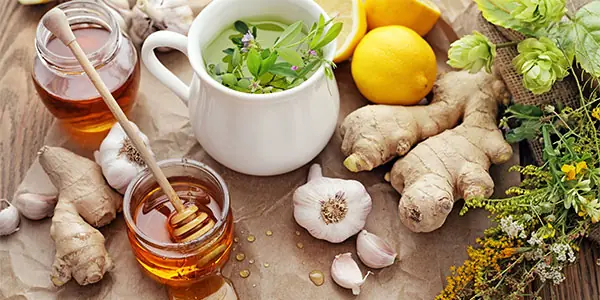
Take Lemon and Garlic on an Empty Stomach for 7 Days — Unclog Your Arteries Naturally
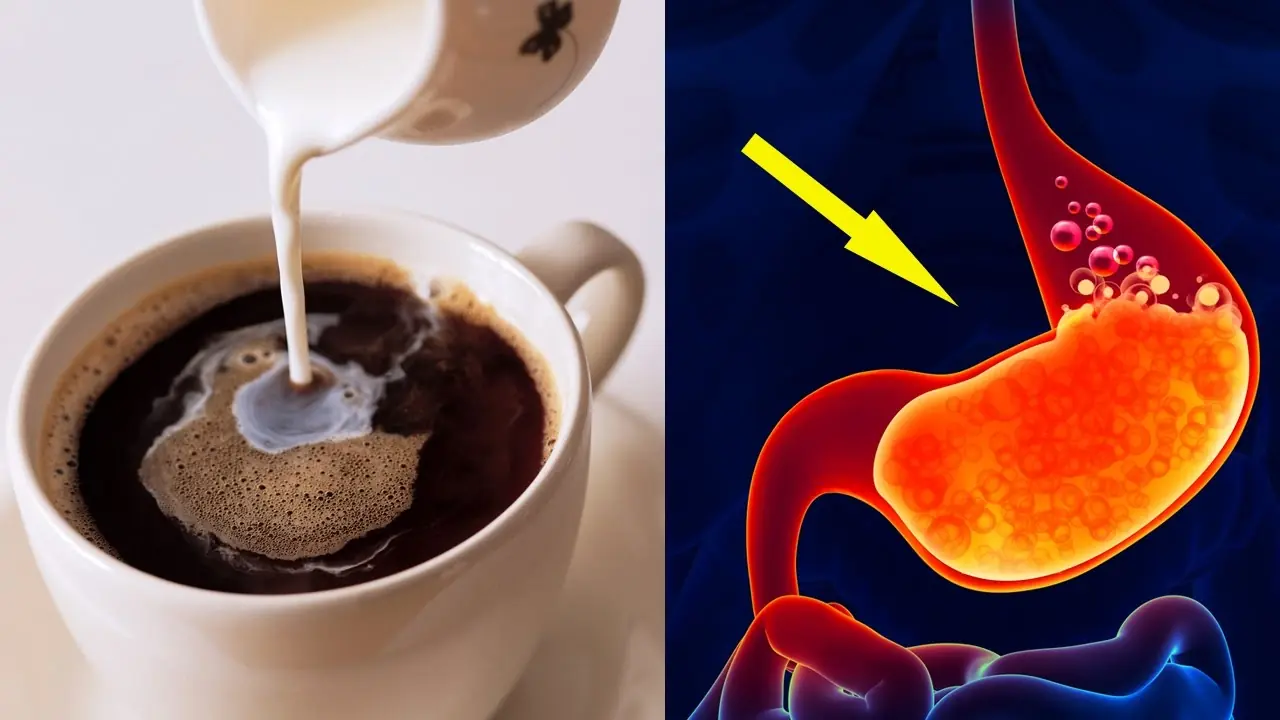
What Really Happens When You Drink Coffee on an Empty Stomach

DIY Egg & Vaseline Hair Mask for Extreme Shine and Smoothness 🥚🌟

7 nuts you must eat for better health (and the #1 nut you should NEVER touch)

9 Warning Signs of Diabetes You Shouldn’t Ignore
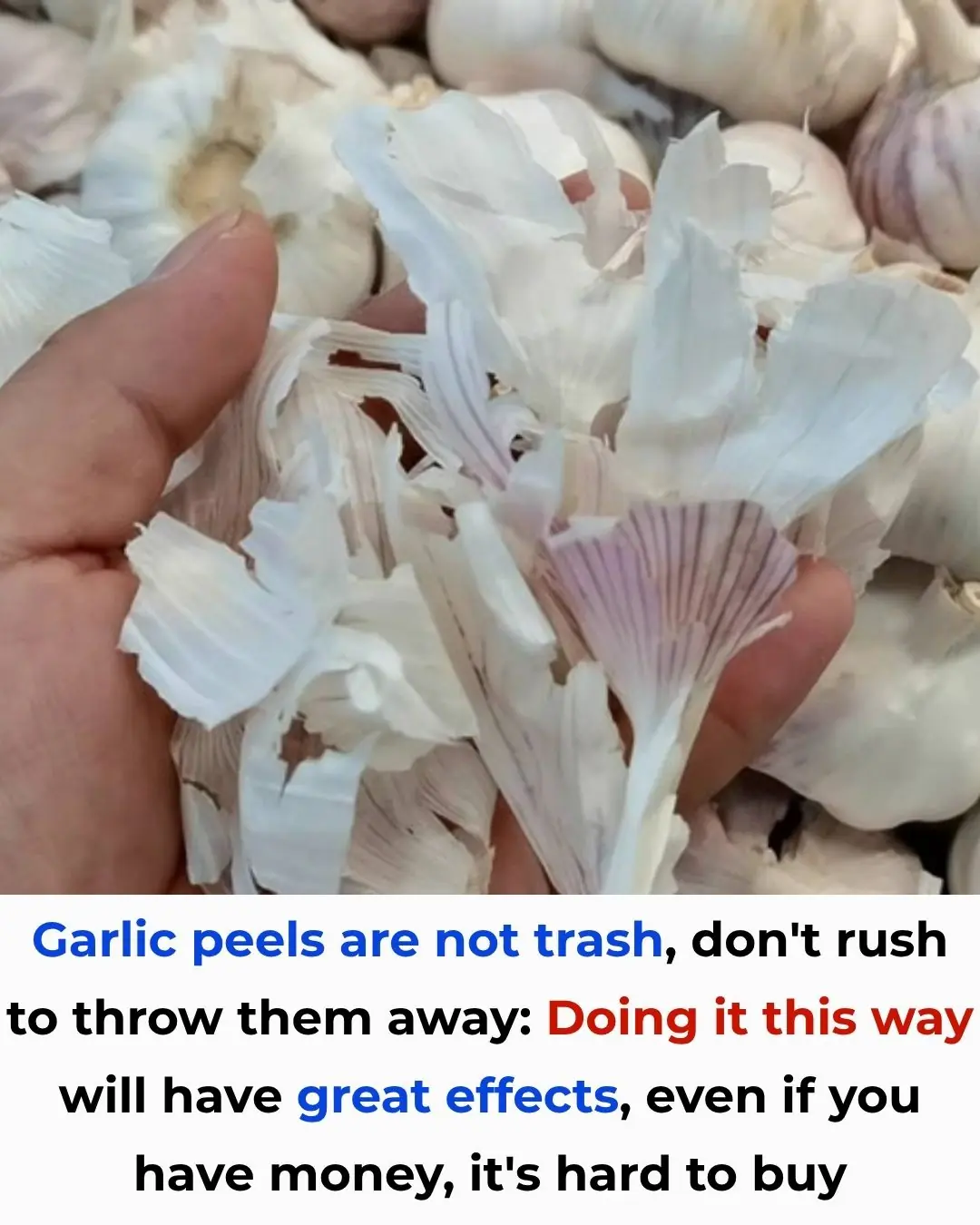
Garlic Peels Are Not Trash – Don’t Throw Them Away!

1 Cup to Cleanse Your Lungs of Phlegm and Toxins

How To Spot Eyelash Mites
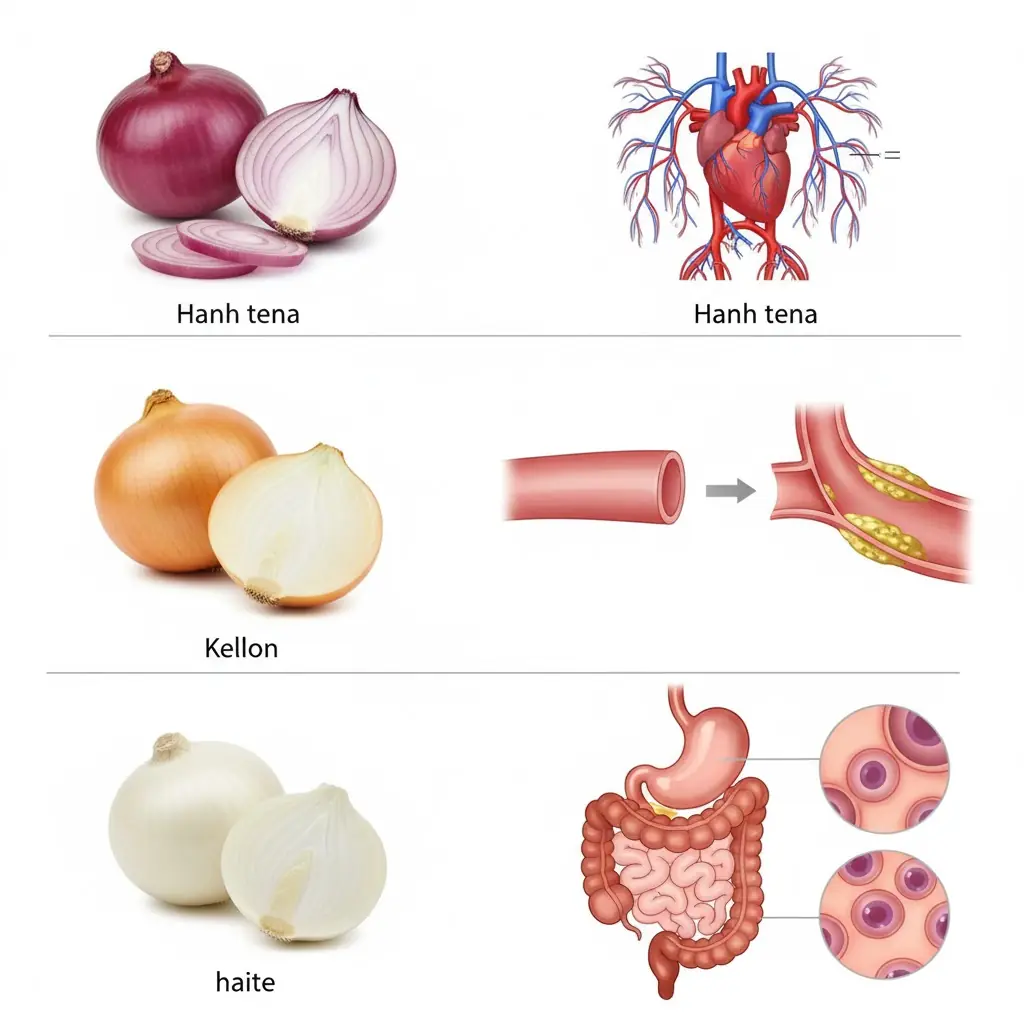
The Healing Power of Onions: Red, Yellow, and White — Three Natural Medicines in One Vegetable
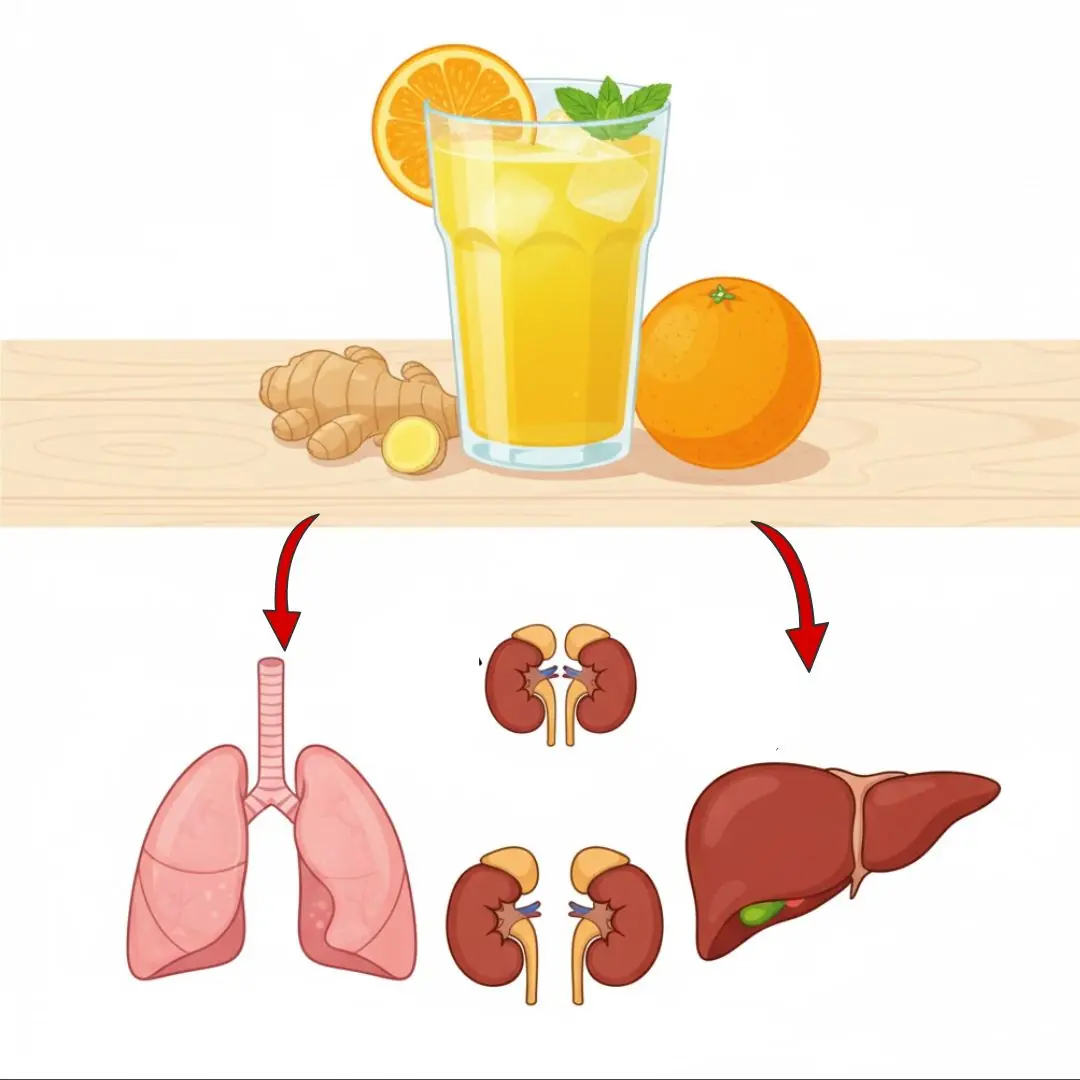
The 7-Day Organ Flush That Doctors Hate: Cleanse Kidneys, Liver & Lungs With Kitchen Staples
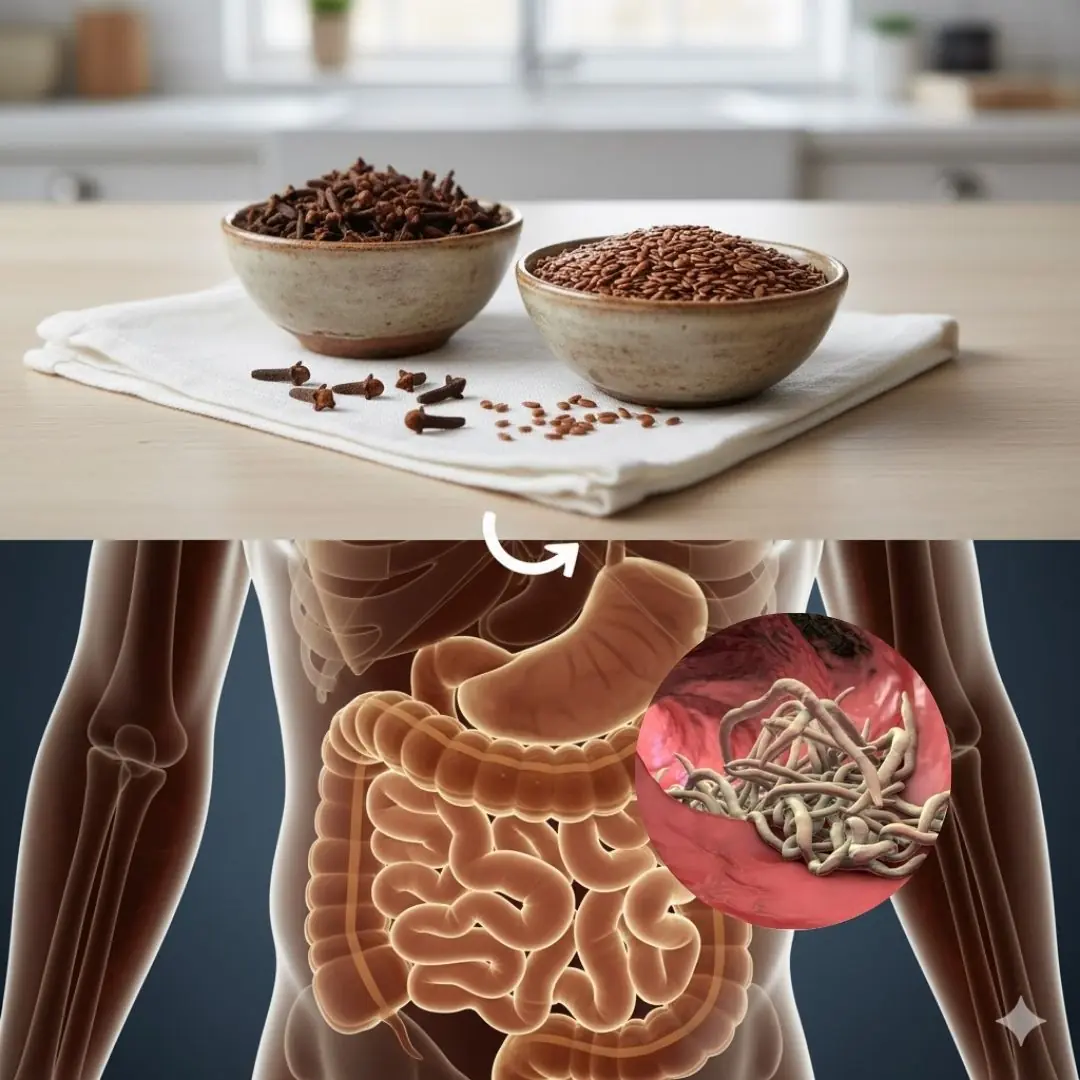
How to Naturally Eliminate Intestinal Parasites with Clove and Flax Seeds

Long-term melatonin use linked to increased heart failure risk, new study suggests

The #1 Food to Unclog Your Arteries Naturally
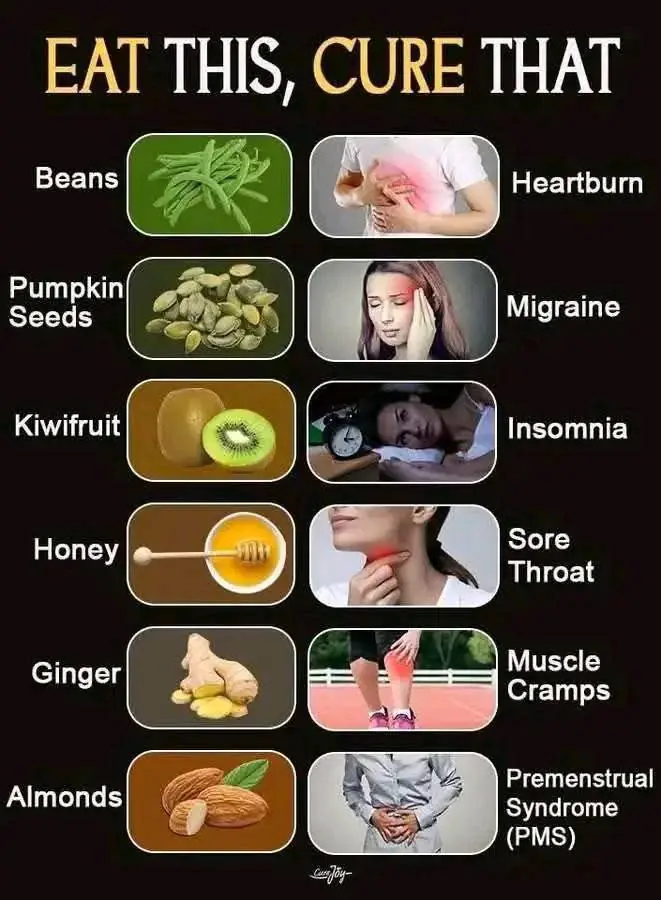
6 Everyday Foods That Can Help Relieve Common Health Symptoms — According to Science

Nerve damage? 6 best oils to help repair your nerves
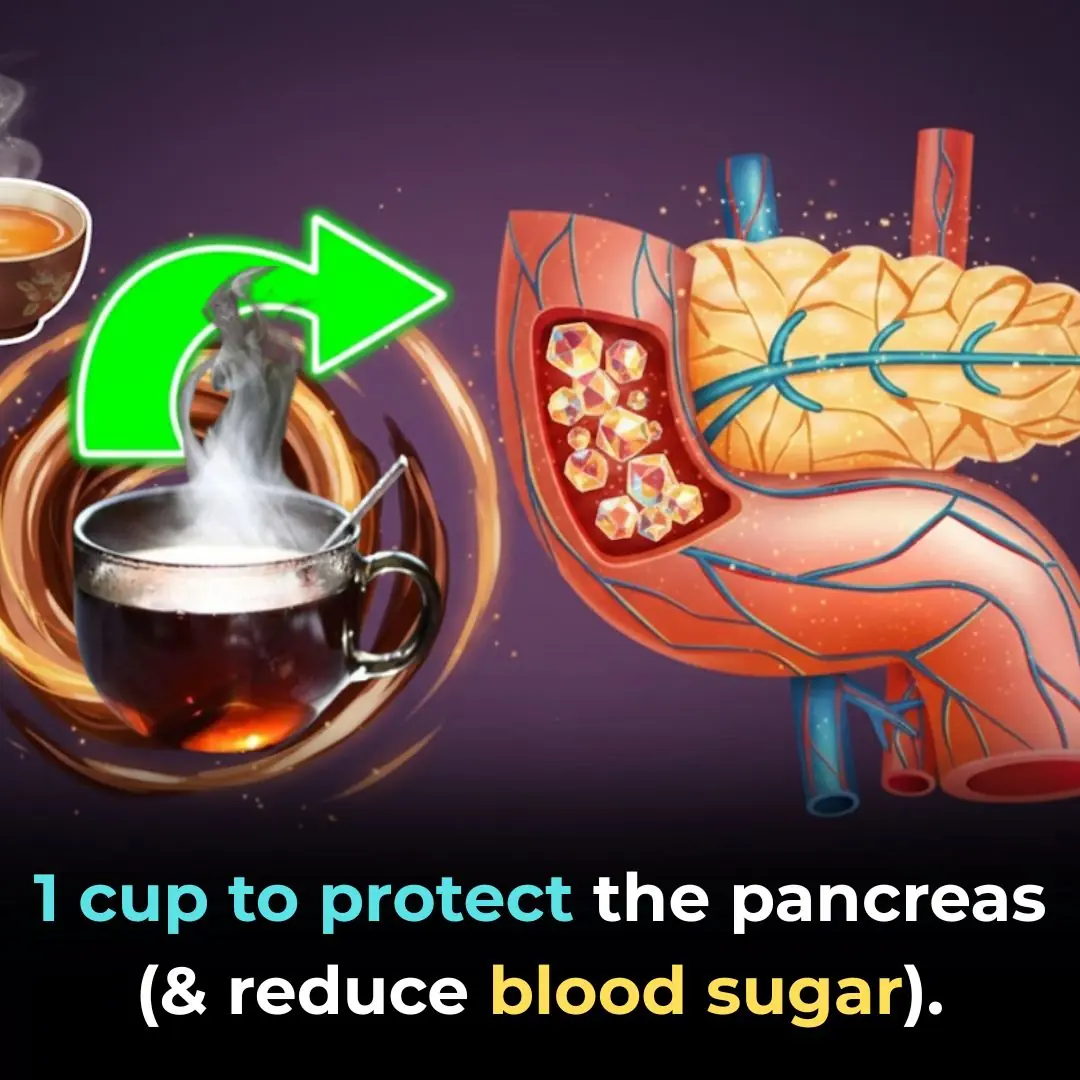
1 cup to protect the pancreas (and reduce blood sugar)

10 Warning Signs of Bowel (Colorectal) Cancer You Shouldn’t Ignore
News Post

7 Medical Causes of Impaired Leg Circulation You Might Be Missing

New Study Shows Vitamin D Suppresses Key Cancer-Driving Protein

Take Lemon and Garlic on an Empty Stomach for 7 Days — Unclog Your Arteries Naturally

What Really Happens When You Drink Coffee on an Empty Stomach

You Are Doing It All Wrong. Here’s the Right Way to Water Plants in Winter

Don’t Junk Your Eggshells. Hang Them in Your Garden Instead. Here’s Why

12 Top Perennials for Containers That Return Year After Year

You Are Doing It All Wrong. Here’s the Right Way to Prune Plants Before Frost

My nana taught me this hack to make orchids rebloom fast in 5 minutes with 0 work — here’s how it really works

DIY Egg & Vaseline Hair Mask for Extreme Shine and Smoothness 🥚🌟

7 nuts you must eat for better health (and the #1 nut you should NEVER touch)

9 Warning Signs of Diabetes You Shouldn’t Ignore

It Turns Out Rice Weevils Fear “This Thing” the Most – Put a Little in Your Rice Bag and You Won’t Worry About Pests All Year

6 Household Appliances That Consume More Electricity Than Air Conditioners and Refrigerators: Unplug Them to Avoid Skyrocketing Bills
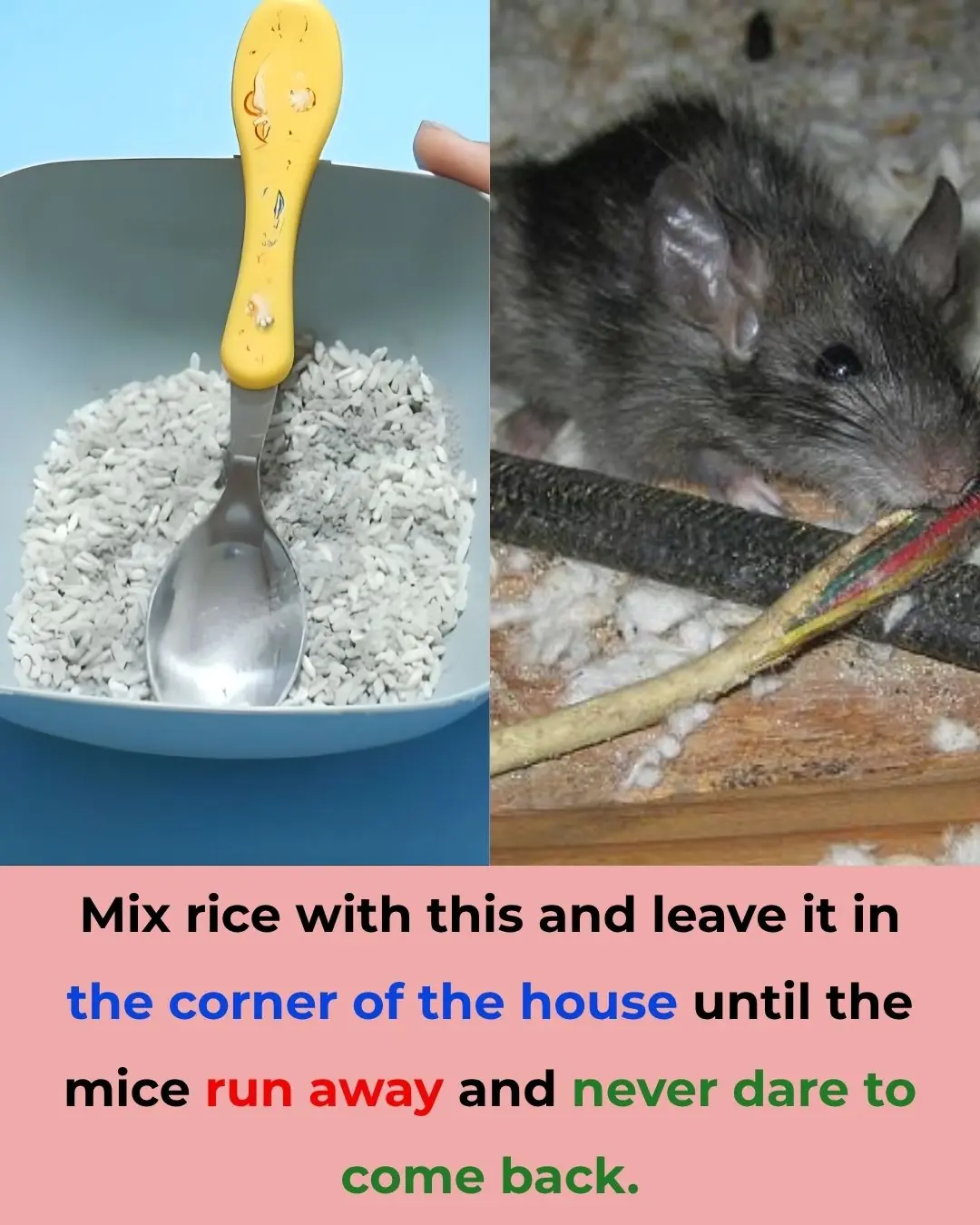
5 Natural Ways to Keep Mice Away from Your Home Without Using Poison
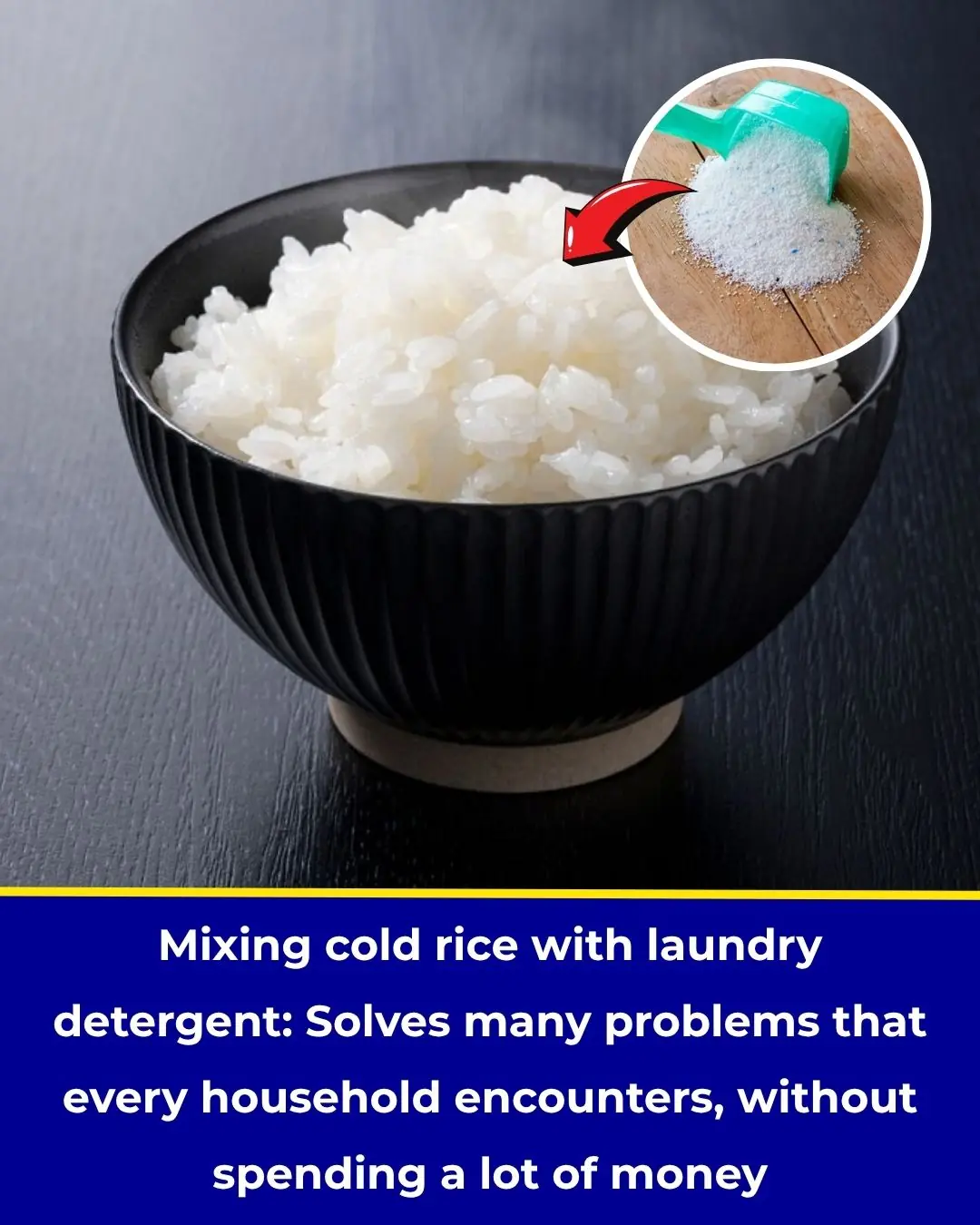
Mix Leftover Rice with Laundry Detergent – A Surprising Household Hack That Solves Common Problems Without Costing a Dime
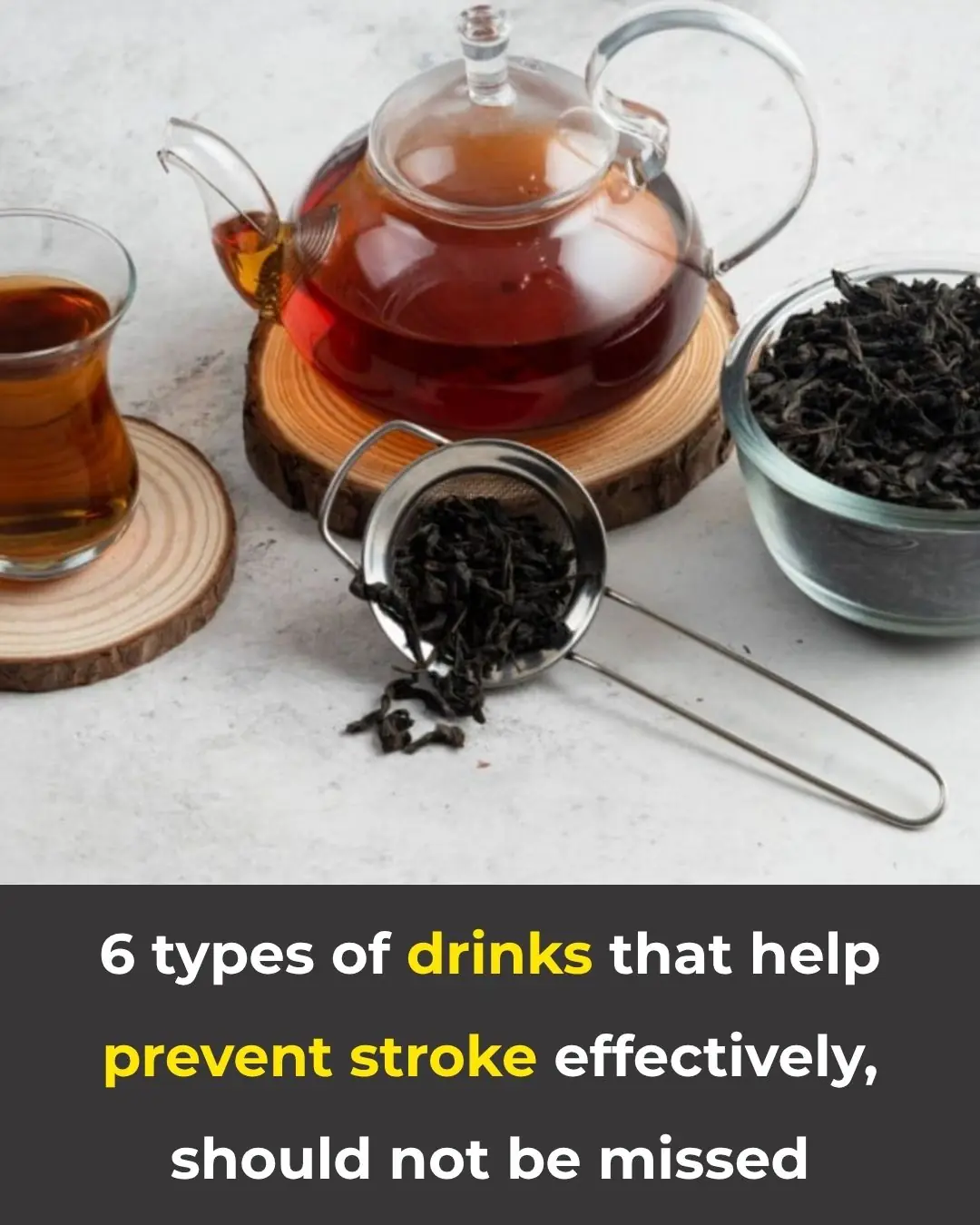
6 Healthy Drinks That Help Prevent Stroke — Simple, Effective, and Worth Adding to Your Routine

Air Conditioner Leaking Water Indoors?
